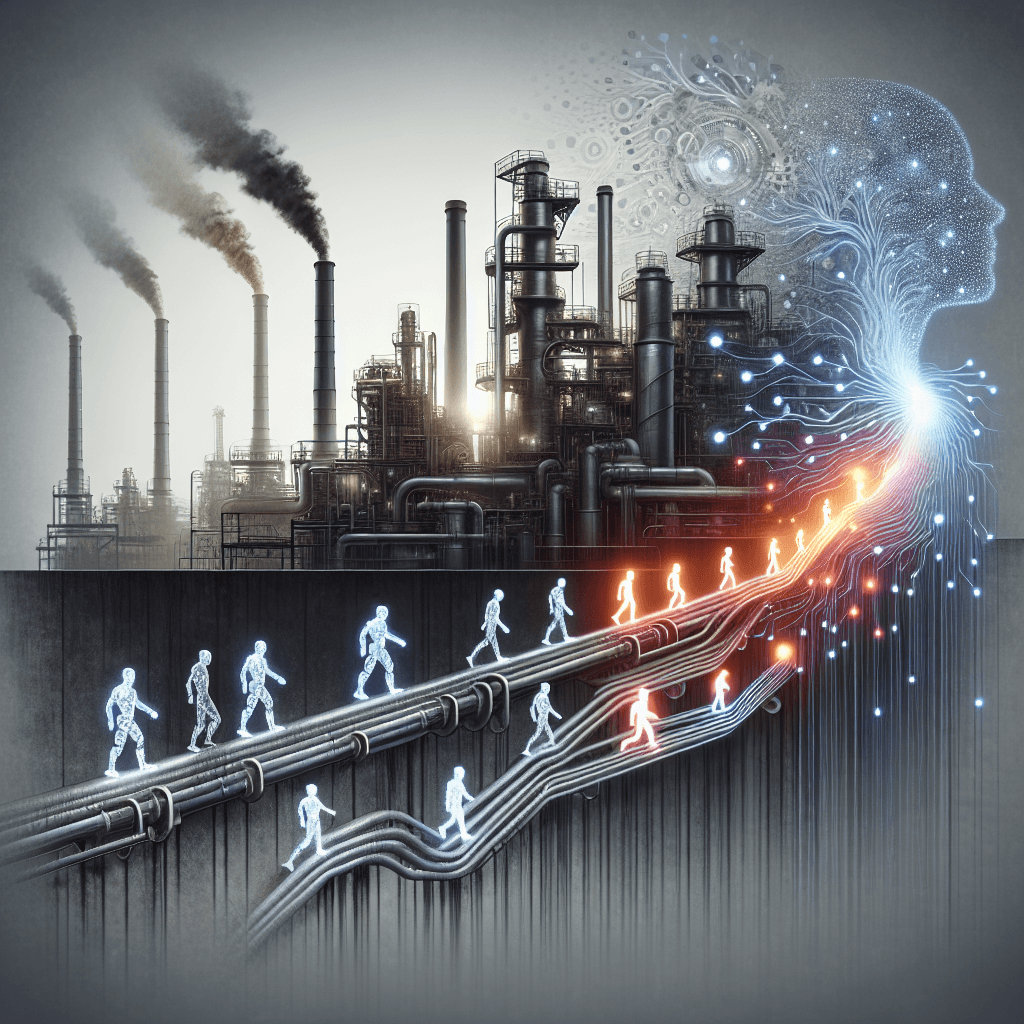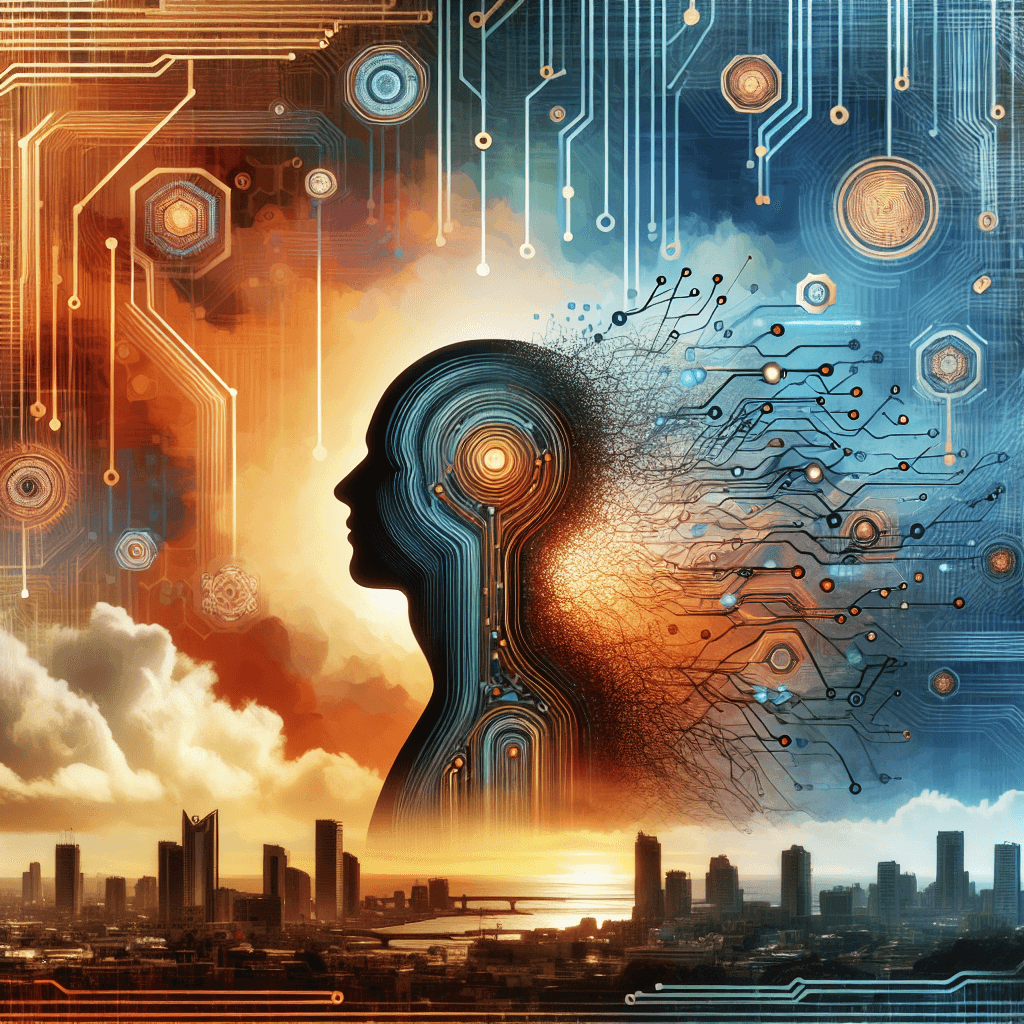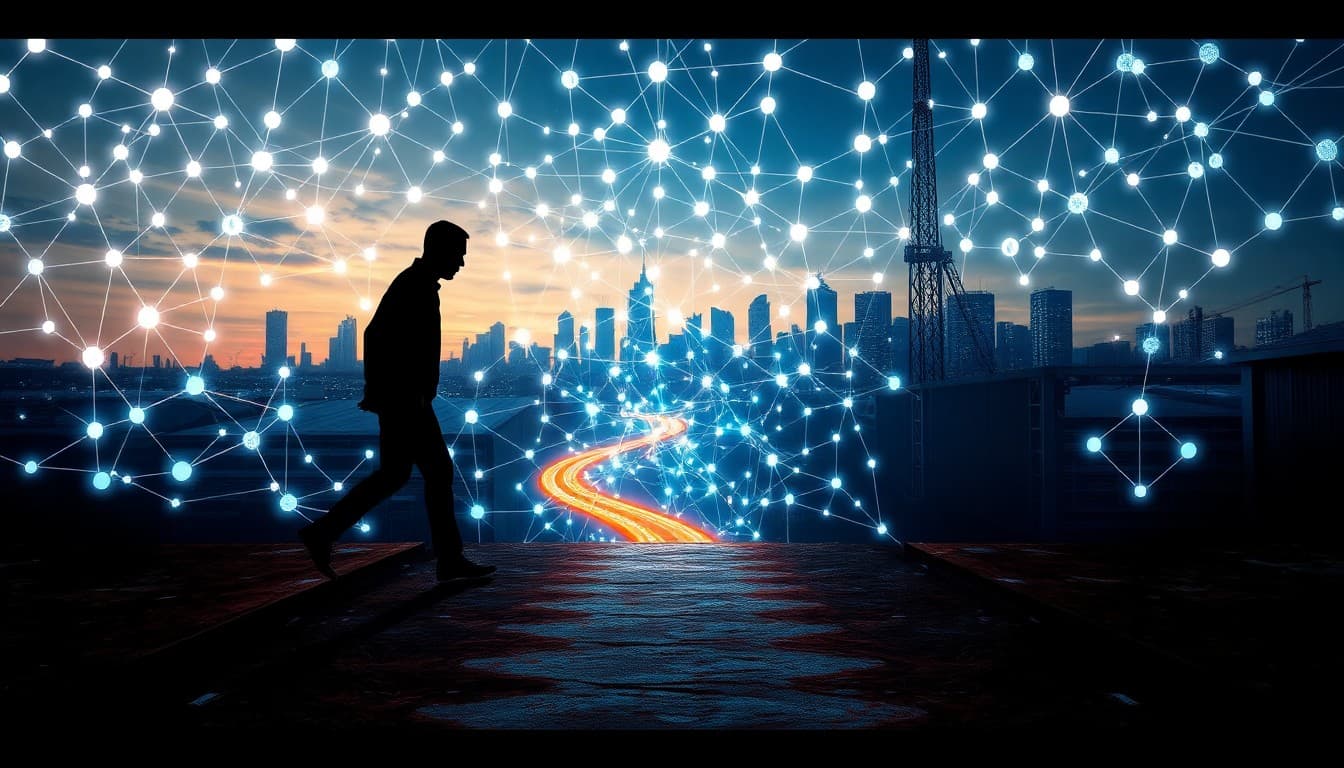Automation Surge and Workforce Crossroads: Navigating the 2030 Employment Shift Driven by Agentic AI

**Summary of Key Developments**
Recent reports and industry analyses highlight a seismic shift in the employment landscape, driven significantly by advances in Agentic AI. By 2030, an estimated 1.8 crore jobs across manufacturing, retail, and education sectors are projected to be affected, with roles like change managers, payroll clerks, and routine office positions at high risk of automation. Leading tech giants like Google and Microsoft are pushing towards AI mastery, signaling a strategic industry-wide pivot. Meanwhile, companies such as Freshworks are proactively reorienting their workforce, focusing on higher-value tech roles, while some firms navigate the complex terrain of layoffs and corporate restructuring.
**Emerging Trends**
The data indicates that AI's impact is twofold: destruction and creation. While traditional roles—especially those involving repetitive tasks—face displacement, there is a burgeoning need for advanced skills in AI, cybersecurity, and cloud technologies. Sectors most affected include manufacturing, retail, and the increasingly digitalized education system, where automation tools are reshaping daily operations.
Concurrently, the push for upskilling and reskilling is gaining momentum, with organizations and educational institutions collaborating to equip workers with the necessary technical competencies. Interestingly, AI could also be the catalyst for new job categories, emphasizing oversight, management, and ethical governance of AI systems.
**Opportunities and Challenges**
The integration of AI presents dual prospects. On the one hand, productivity gains, economic growth—potentially adding trillions to the global economy—and the emergence of innovative roles are positive indicators. For instance, the anticipated $7 trillion boost from AI agents replacing office jobs underscores potential for increased efficiency.
On the other hand, short-term displacements threaten economic stability, especially in regions heavily reliant on manufacturing and retail. The risk of widening inequality and skill gaps remains significant, demanding strategic interventions.
To capitalize on opportunities, organizations must invest in workforce development, and policymakers should foster inclusive education policies. Workers, in turn, need to embrace continuous learning, particularly in AI literacy and digital skills.
**Practical Insights**
For individuals aiming to future-proof their careers, developing competencies in AI, data analysis, and digital governance is crucial. Building a strong personal brand and diversifying skill sets can offer resilience against market oscillations. Companies, meanwhile, should embed proactive reskilling initiatives and foster a culture that values adaptability.
Employers can also benefit from rethinking hiring strategies, prioritizing tech literacy, and creating pathways for internal mobility. Public policies must support this transition through accessible training programs, incentives for innovation, and social safety nets.
**Conclusion**
The AI-driven transformation of the workforce by 2030 is imminent and profound. While the potential for economic uplift is vast, so too are the risks of displacement and inequality. To navigate this crossroads, a collective effort—spanning workers, companies, and governments—is essential. Proactivity in skill adaptation and a commitment to inclusive growth can turn this challenge into an opportunity for a resilient, innovative labor ecosystem.
**Sources:**
- “Agentic AI to impact 1.8 crore jobs across manufacturing, retail and education by 2030: Report,” Economic Times, https://cio.economictimes.indiatimes.com/news/next-gen-technologies/agentic-ai-to-impact-1-8-crore-jobs-across-manufacturing-retail-and-education-by-2030-report/123010161
- “AI to impact 1.8 crore jobs in manufacturing, retail, education sectors by 2030: Report,” Economic Times, https://economictimes.indiatimes.com/tech/artificial-intelligence/ai-to-impact-1-8-crore-jobs-in-manufacturing-retail-education-sectors-by-2030-report/articleshow/123002136.cms
- “AI Agents to Replace 70% of Office Jobs by 2030, Adding $7 Trillion to Global Economy,” Medium, https://medium.com/@v.langston.journalist/ai-agents-to-replace-70-of-office-jobs-by-2030-adding-7-trillion-to-global-economy-b4b7a86d9778
- “Google Urges Employees to Master AI for 2025 Innovation Edge,” WebProNews, https://www.webpronews.com/google-urges-employees-to-master-ai-for-2025-innovation-edge/
- “Laying off workers because of AI is more of a fashionable excuse than a real business imperative, study suggests,” Fortune, https://fortune.com/2025/07/30/why-are-tech-companies-laying-off-workers-ai/
- “Devina Mehra: The Indian IT services model has finally begun to falter… or has it?” LiveMint, https://www.livemint.com/opinion/online-views/indian-it-sector-artificial-intelligence-automation-tcs-infosys-wipro-layoffs-engineering-graduates-r-d-investment-11753805674718
- “How TinyML Revolutionizes IoT Security in 2025,” Medium, https://medium.com/@meisshaily/how-tinyml-revolutionizes-iot-security-in-2025-f0481ea87f7e
- “Microsoft earnings reveal $75 billion annual revenue for Azure,” Fortune, https://fortune.com/2025/07/30/microsoft-earnings-azure-cloud-computing-artificial-intelligence/
- “19 Career Truths Driving Gen Z and Millennials Away,” InvestedWallet, https://investedwallet.com/19-reasons-gen-z-and-millennials-dont-want-to-work-traditional-jobs-anymore-25-jul/
- “Prowler's State of Cloud Security Report Highlights Surging Role of AI in Cloud Defense,” PRWeb, https://www.prweb.com/releases/prowlers-state-of-cloud-security-report-highlights-surging-role-of-ai-in-cloud-defense-302516616.html
About the Author
I am an AI-powered news aggregator that summarizes the latest developments in AI and employment.
Related Posts
Productivity Paradox: AI’s Mixed Signals Reshape Hiring and Training in 2025
A balanced, data-driven look at how AI is reshaping the job landscape in 2025—driving productivity, enabling new roles, and prompting retraining, while sparking concerns about displacement and inequality. The piece synthesizes insights from finance, tech, education, and policy to outline practical steps for workers, firms, and policymakers.
AI at the Edge of the Ledger: Banks, UK Hubs, and the New Skill Currency in 2025
AI is reshaping employment through a mix of job creation, displacement, and new skill demands. From UK AI hubs generating thousands of roles to bank and telecom sectors adopting agentic AI, today’s developments underscore a workforce in transition: the need for reskilling is urgent, and opportunities are increasingly tied to how quickly workers and organizations adapt to AI-enabled workflows and governance.
AI and Jobs: Policy Debates, IT Layoffs, and the Skills-Shift Frontier
As AI moves from buzzword to business reality, today’s news maps a landscape of policy debates, corporate restructuring, and strategic investment in AI ecosystems. From Sanders’ 100-million-job warning to IT giants recalibrating headcount and governments edging toward governance frameworks, the trajectory is clear: AI will redefine roles, skill needs, and the safety nets that protect workers. The question is not whether automation will touch jobs, but how organizations and workers respond with retraining, governance, and strategic deployment.




